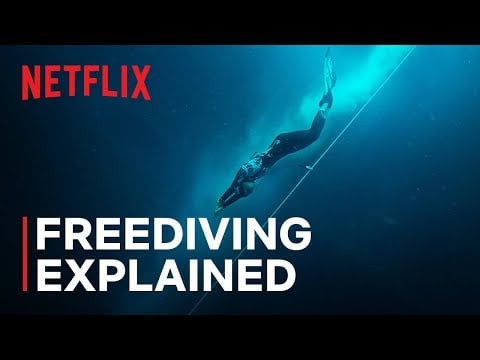This week’s video is from Netflix.
The world of freediving is one of mystery and fascination, a realm where humans push the boundaries of their physical limits to explore the depths of the ocean. This week’s Video of the Week shows us a captivating journey into the science behind this extreme sport.
The video delves into the physiological adaptations that allow freedivers to dive deep underwater, focusing on the Mammalian Diving Reflex. This reflex, shared by all mammals, enables us to survive in an environment that is fundamentally alien to us. It slows down our heart rate, reduces feelings of anxiety, and redirects blood flow to vital organs, allowing us to conserve oxygen and endure the pressure of the deep sea.
Join us as we explore the intricacies of the Mammalian Diving Reflex, the risks associated with freediving, and the training techniques freedivers use to enhance their lung capacity and tolerance to high levels of CO2. We’ll also delve into the role of the spleen in this reflex and its function in releasing oxygen-rich red blood cells into the body. Whether you’re a seasoned freediver, a science enthusiast, or simply someone intrigued by the limits of human capability, this video promises a fascinating journey into the science of freediving.
Brought To You By OrcaTorch
Video Of The Week is brought to you by OrcaTorch – OrcaTorch dive lights, for your safe and fun diving.


